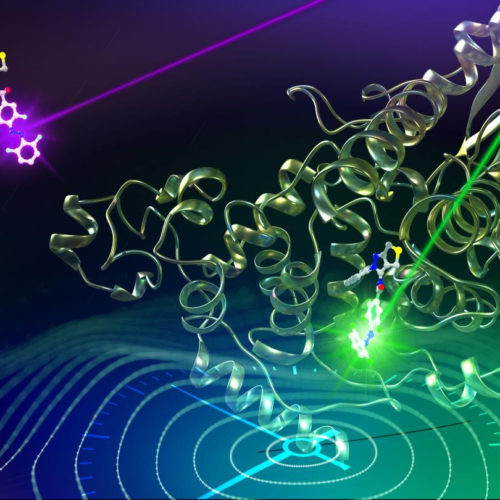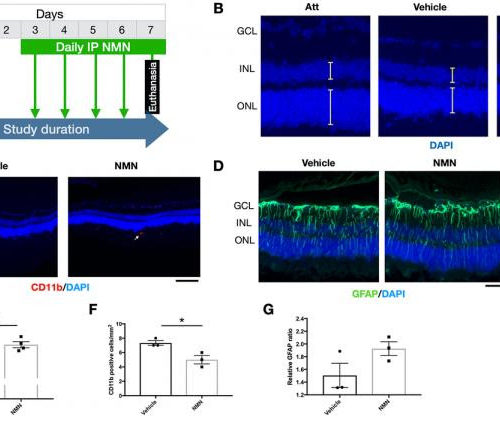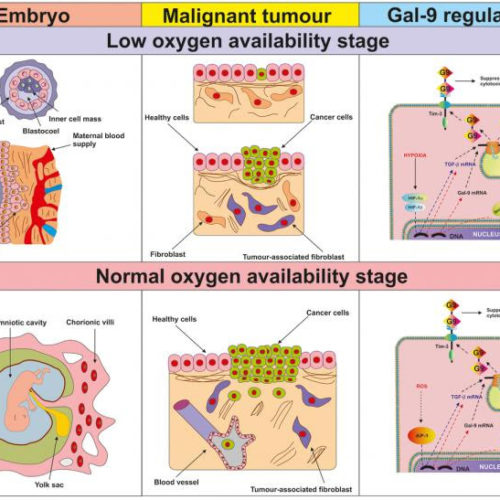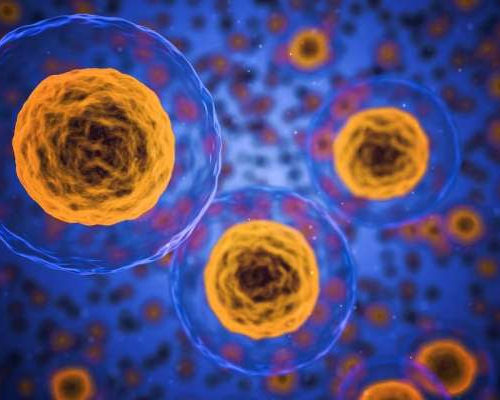Interview conducted by Emily Henderson, B.Sc. Jan 25 2021 Thought Leaders Dr. David BrodyProfessor of NeurologyUniformed Services University In this interview, News-Medical speaks to Dr. David Brody about his latest research that involved discovering nanobodies produced by llamas that could help combat coronavirus. What provoked your research into the ongoing COVID-19 pandemic? We are neuroscientists, so it was a...
A world first in circadian clock manipulation
INSTITUTE OF TRANSFORMATIVE BIO-MOLECULES (ITBM), NAGOYA UNIVERSITY IMAGE: TRANS AND CIS ISOMERS OF AZOBENZENE DETERMINE THE CHANGE IN THE CIRCADIAN PERIOD THROUGH THEIR INTERACTION WITH THE CRY1 CLOCK GENE CREDIT: ISSEY TAKAHASHI The Nagoya University Institute of Transformative Bio-Molecules (WPI-ITbM) research team of Designated Associate Professor Tsuyoshi Hirota, Postdoctoral Fellow Simon Miller, Professor Kenichiro Itami and graduate...
Aging-US: Nicotinamide mononucleotide in degenerative model of retinal detachment
IMPACT JOURNALS LLC CREDIT: CORRESPONDENCE TO: DEMETRIOS G. VAVVAS IMAGE: Protective effects of delayed NMN administration to retinal detachment (RD). (A) A flow chart for the in vivo experiments. (B-E) Delayed NMN administration still have protective effect to outer nuclear layer (ONL) thickness 7 days post RD. N = 3 to 4 eyes per group....
Aging-US: Growth factor beta type 1 and hypoxia-inducible factor 1 transcription complex
IMPACT JOURNALS LLC IMAGE: Proposed mechanism of the regulation of galectin-9 expression in human cancer and embryonic stage at low and normal oxygen availability stages. The figure depicts the key processes taking place in embryonic development and malignant tumour growth during the initial low oxygen availability (hypoxic) stage and later (normal oxygen availability) stages. The...
Nanomedicine’s ‘crown’ is ready for its close up
MICHIGAN STATE UNIVERSITY EAST LANSING, Mich. – An international team of researchers led by Michigan State University’s Morteza Mahmoudi has developed a new method to better understand how nanomedicines — emerging diagnostics and therapies that are very small yet very intricate — interact with patients’ biomolecules. Medicines based on nanoscopic particles have the promise to be more...
COVID-19 warnings were on Twitter well before the outbreak of the pandemic
IMT SCHOOL FOR ADVANCED STUDIES LUCCA Even before public announcements of the first cases of COVID-19 in Europe were made, at the end of January 2020, signals that something strange was happening were already circulating on social media. A new study of researchers at IMT School for Advanced Studies Lucca, published in Scientific Reports, has identified tracks of increasing...
Continuous monitoring of proteins a game-changer for patients with deteriorating health
MONASH UNIVERSITY A world-first discovery by researchers at Monash University and The University of Queensland could lead to faster and more effective treatments for chronic health complications, such as cardiovascular disease and cancer, with ‘fluorescent’ in vivo biosensors. The research team, led by Dr Simon Corrie from Monash University’s Department of Chemical Engineering and the ARC Centre of Excellence...
Fine tuning first-responder immune cells may reduce TBI damage
by Medical College of Georgia at Augusta University Drs. Babak Baban (foreground) and Krishnan Dhandapani. Credit: Kim Ratliff, Augusta University photographer Immediately after a traumatic brain injury and as long as one year later, there are increased levels of immune cells called ILCs in the brain promoting inflammation, which can worsen brain damage, scientists report. They...
Tumor cells reveal a core syncytial drive to evade host defenses
by John Hewitt , Medical Xpress Credit: CC0 Public Domain Toxins, radiation, and normal metabolic processes together generate molecular lesions in every one of our cells to the tune of 10,000 to 1,000,000 hits per day. Fortunately, most of these code faults are immediately patched up by sophisticated DNA repair mechanisms. Any undetected damage to...
Non-invasive brain stimulation helps to ease tremors
by Chris Lane, University College London Electrodes being attached for electrical stimulation. Credit: Imperial College London / Thomas Angus A team involving UCL researchers have used electrical pulses to help suppress the tremors typically found in conditions such as Parkinson’s disease. In a paper published in Nature Communications, the scientists report their new way of suppressing the brain waves underpinning tremors,...






